The origin of planets and the universe has always been a topic that has fascinated and puzzled humanity. From ancient philosophers to modern scientists, numerous theories have been proposed to explain the origins of the universe and the celestial bodies that inhabit it. In this article, we will explore some of the popular theories regarding the origin of planets and the universe.
The Big Bang Theory

One of the most popular theories about how the universe came into existence is the Big Bang theory. According to this theory, the universe began 13.8 billion years ago as a single point, which was infinitesimally small, dense, and hot. The tremendous explosion of this point generated all the matter and energy that make up the universe today. Over time, the universe has expanded and cooled down, leading to the formation of stars, galaxies, and planets.
The Nebular Hypothesis
The nebular hypothesis is another popular theory that describes the formation of planets. The theory proposes that planets are formed from the same cloud of gas and dust that forms stars. According to this hypothesis, the cloud of gas and dust contracts under the force of gravity, which causes it to spin. As the cloud rotates faster, it flattens into a disk called a protoplanetary disk. This disk, with its increased density in certain regions, allows for the accumulation of matter, leading to the formation of planets.
The Capture Hypothesis
The capture hypothesis is a theory that proposes that some planets may have been captured by the gravity of another celestial body, such as a star. According to this hypothesis, some planets may have formed elsewhere in the universe and were later captured by the gravity of a star, leading to their orbit around it. This theory is still being studied and debated among scientists.
The Collisions Theory
The collisions theory is another explanation for the formation of planets, proposing that they are formed from colliding bodies in space. According to this theory, small celestial bodies, such as asteroids and comets, collided and merged to form larger bodies, eventually leading to the formation of planets.
Conclusion
In conclusion, the origin of planets and the universe remains a mystery that continues to intrigue scientists and laypeople alike. Although various theories and hypotheses have been put forward, there is still much to learn and discover about how the universe and its celestial bodies came into existence. As we continue to explore space and learn more about the workings of the universe, we may come closer to understanding its origins and our place in it.

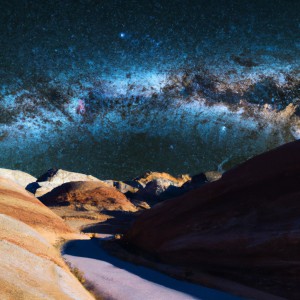
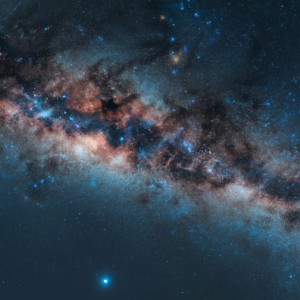



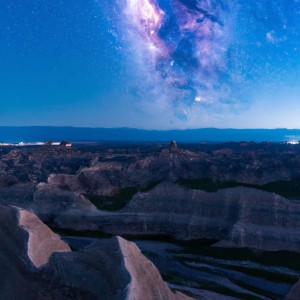


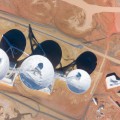
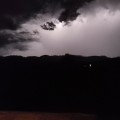


评论